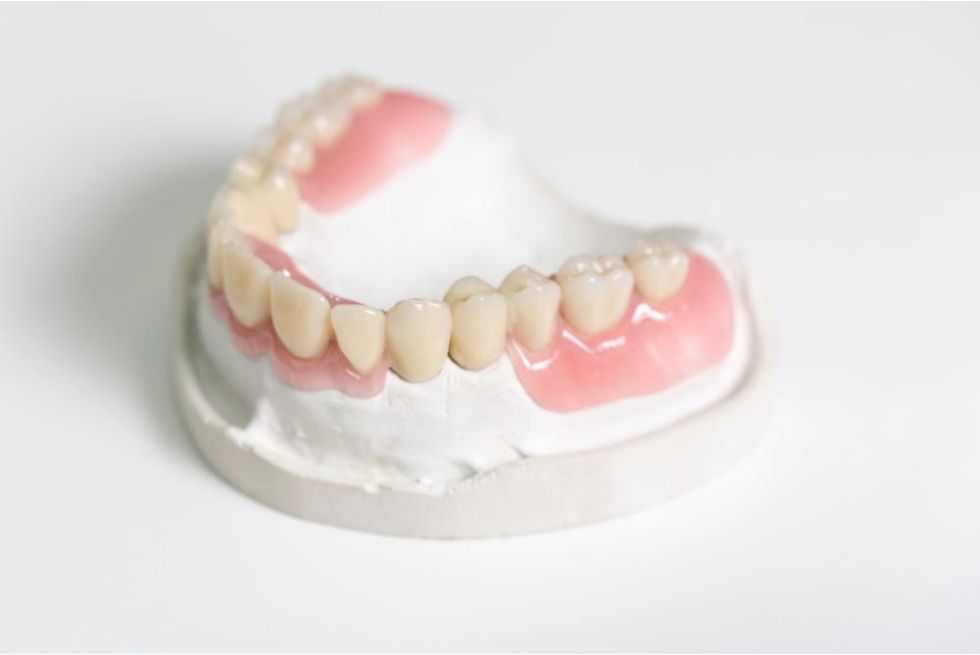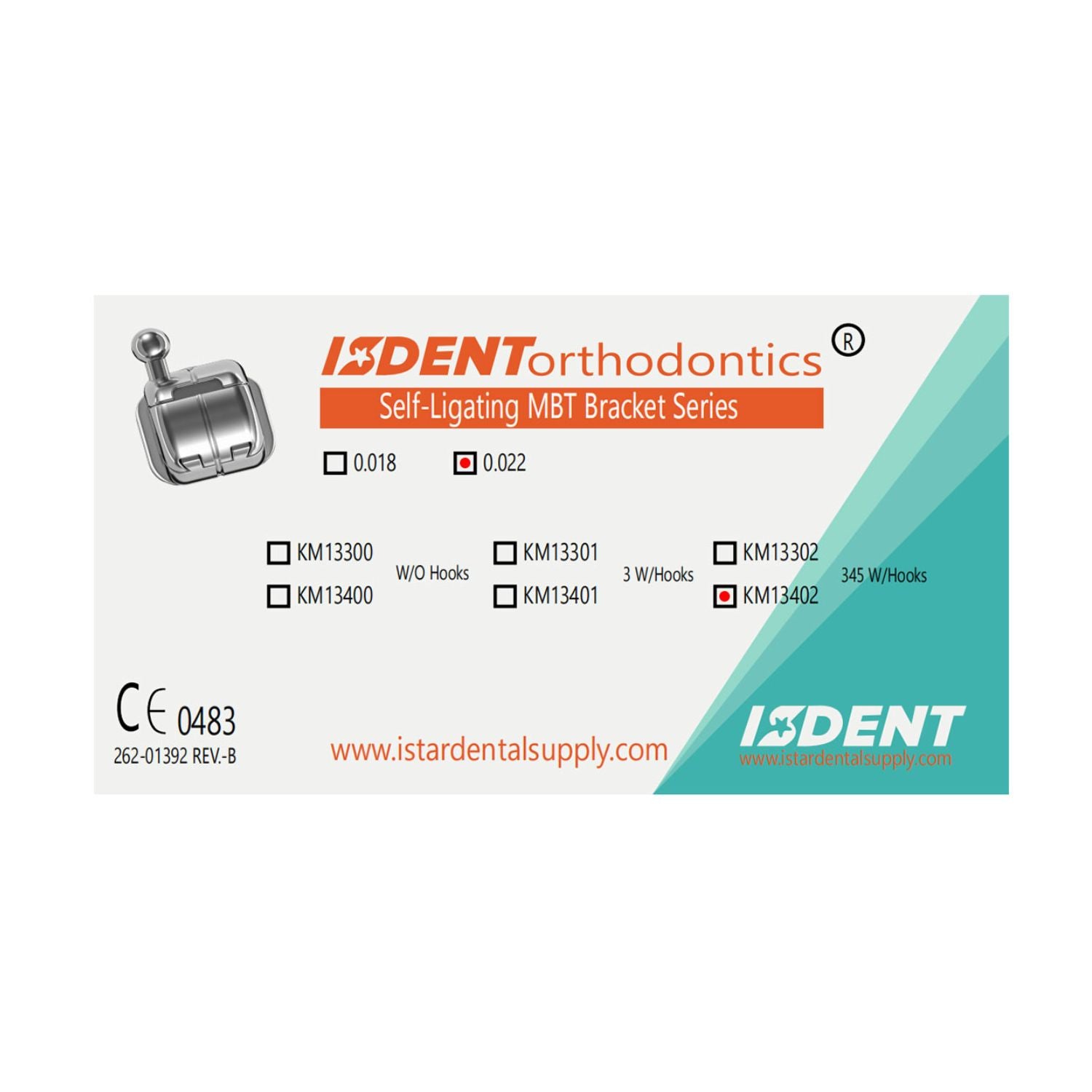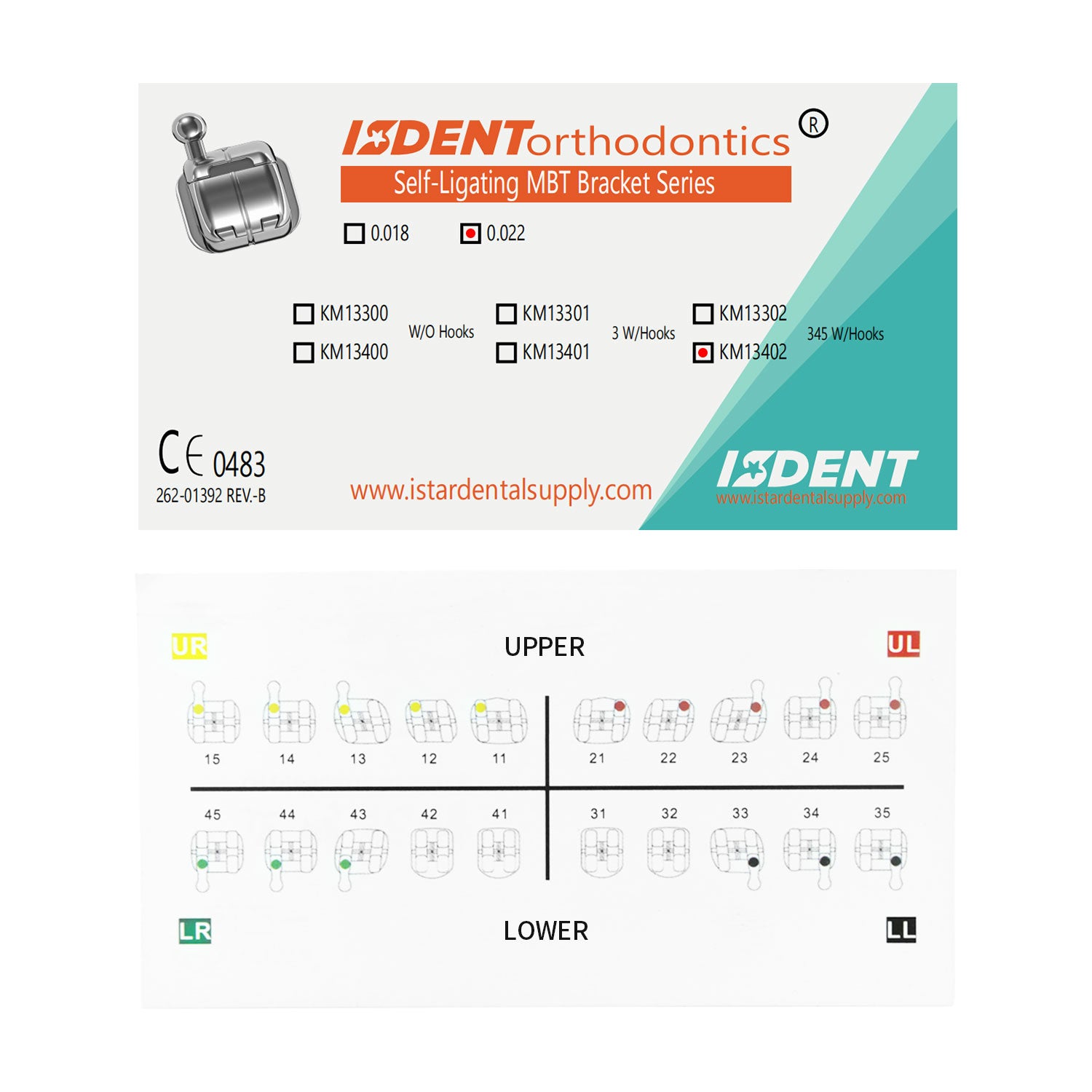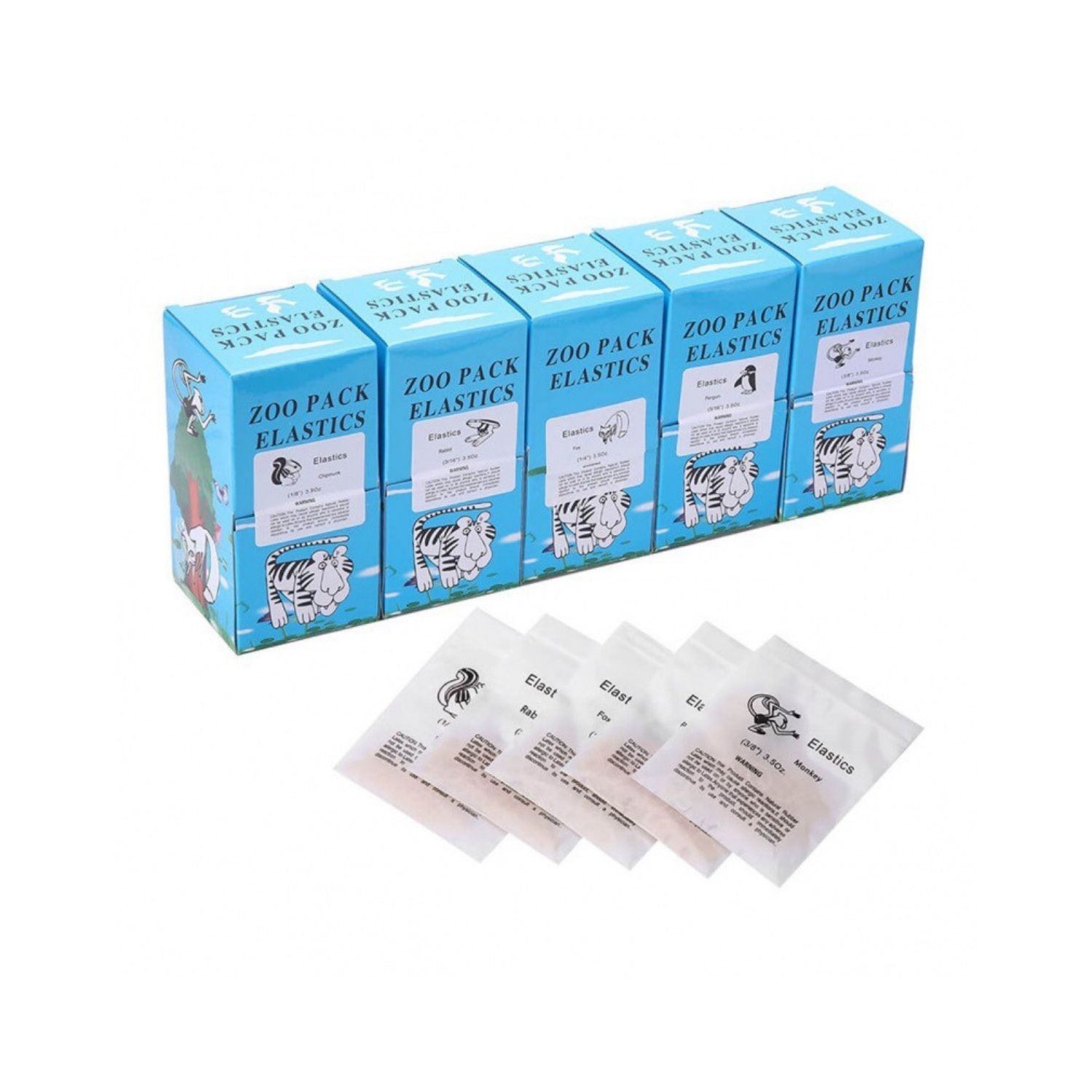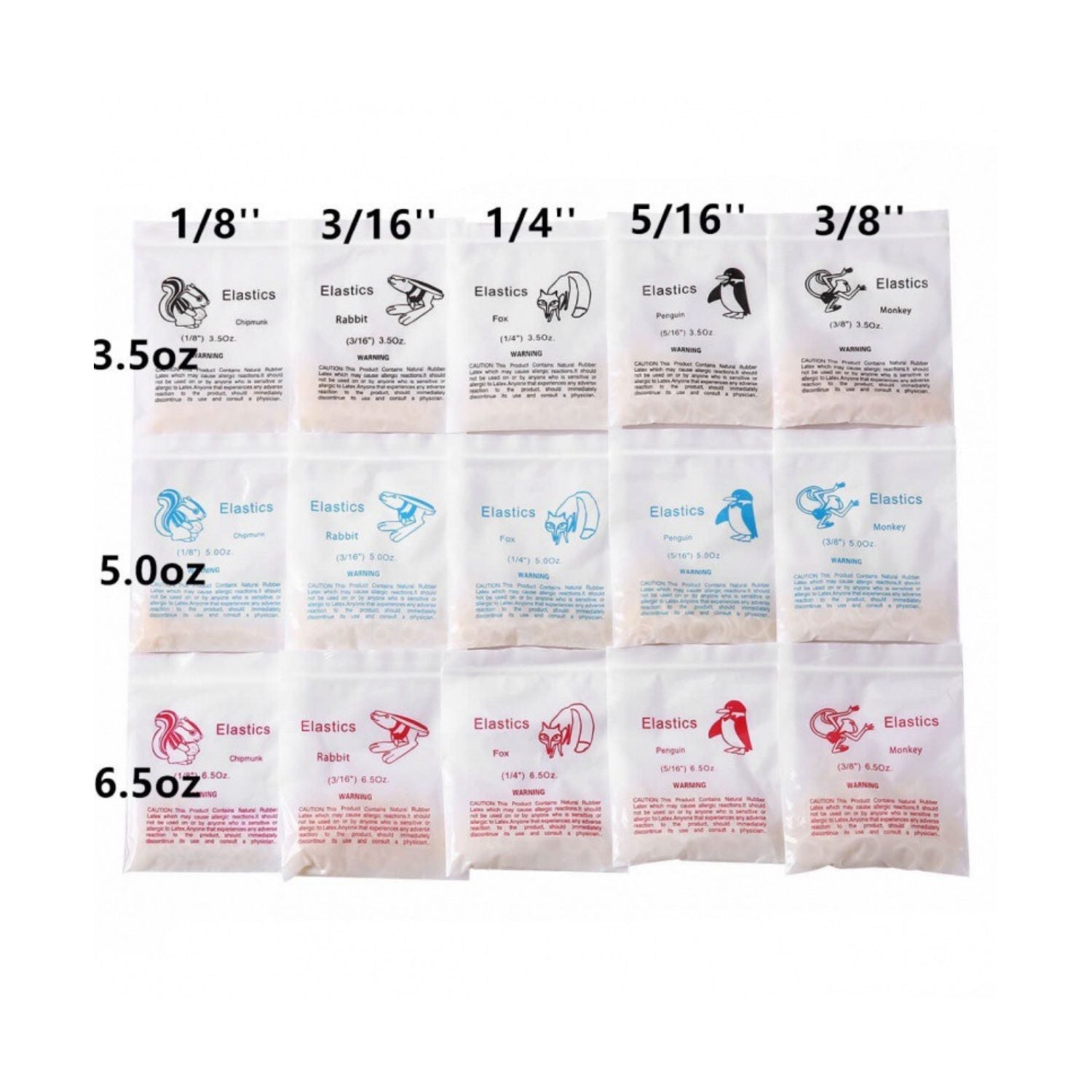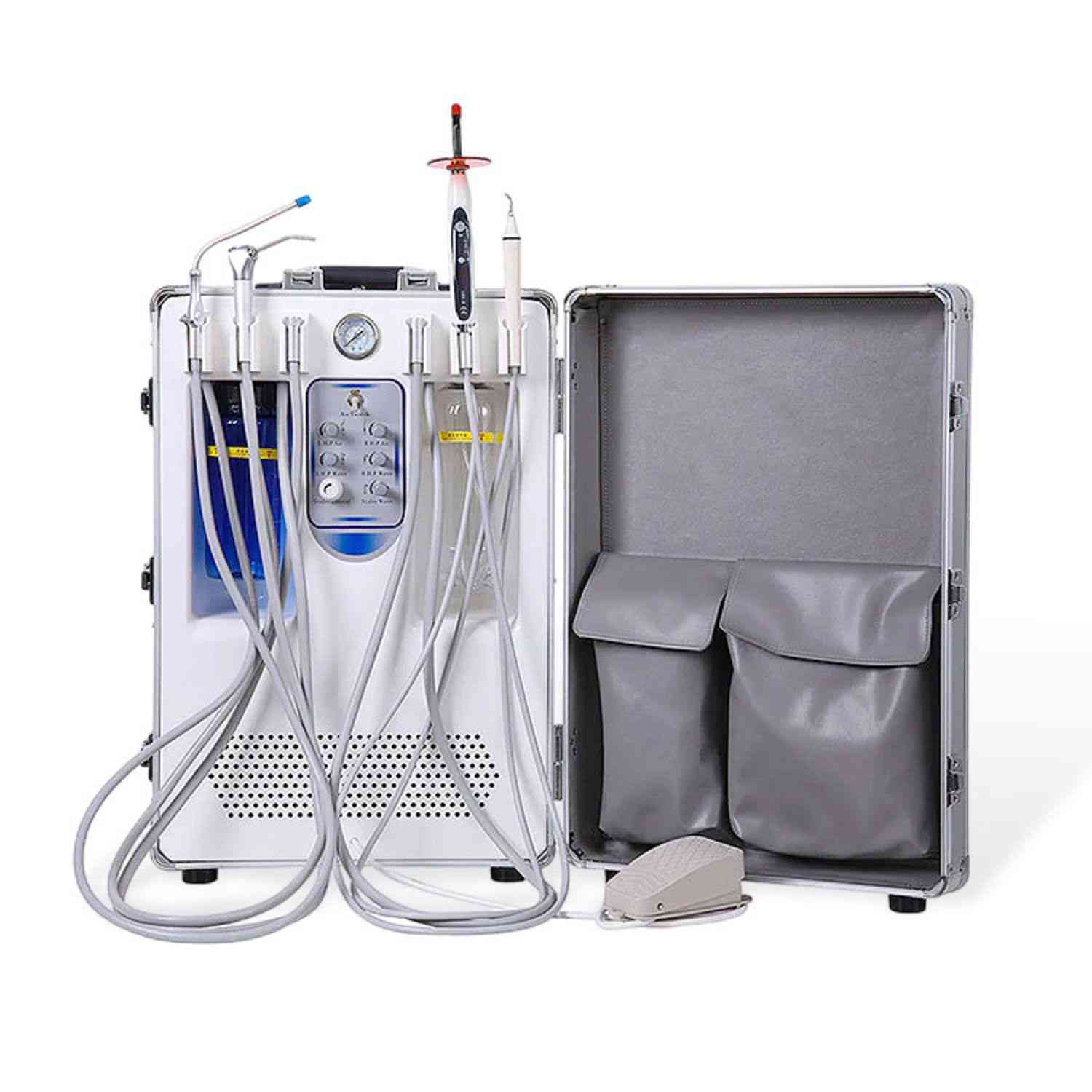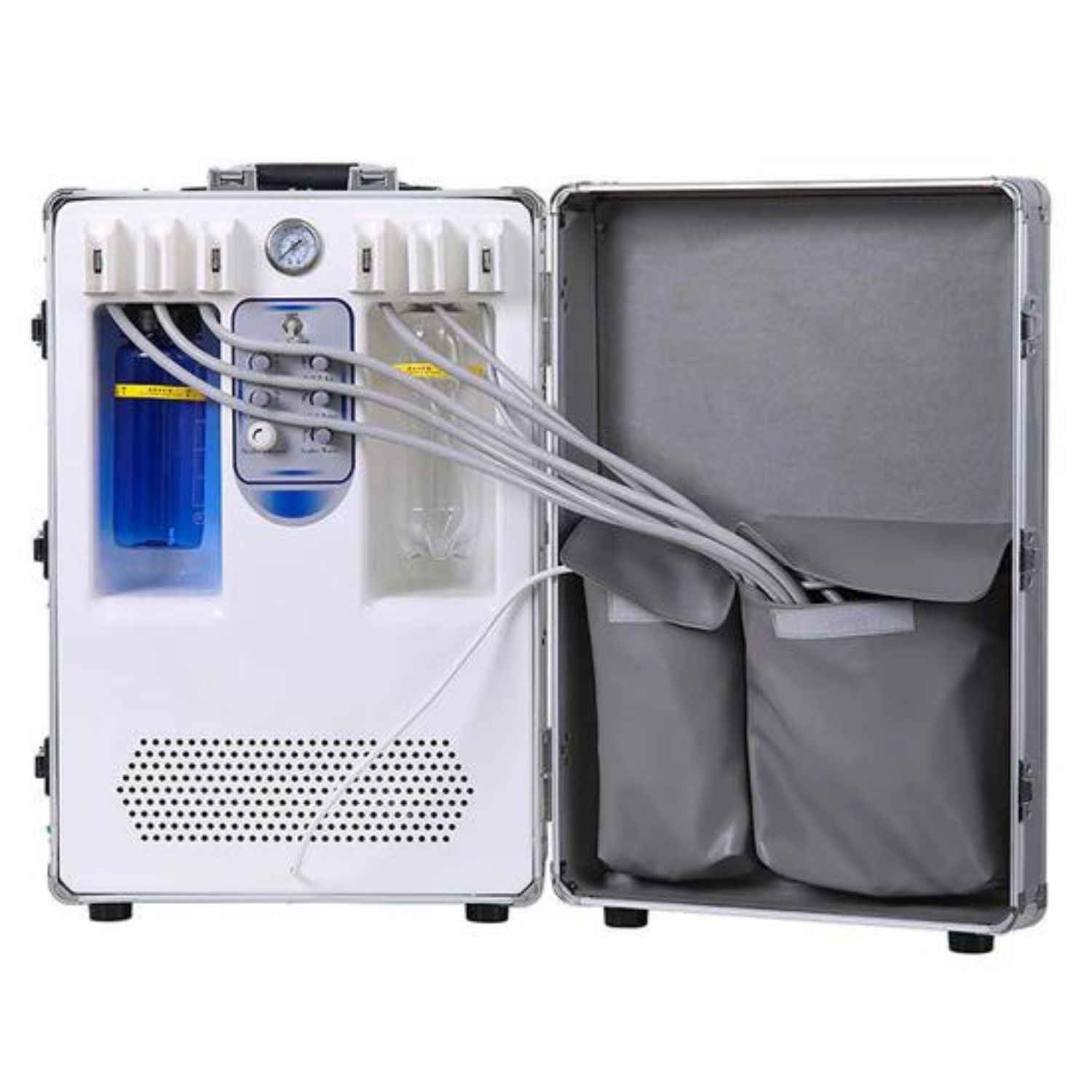Everything You Need to Know About Valplast Partial Dentures
Valplast partial dentures have revolutionized tooth replacement options in modern dentistry. For patients seeking a flexible partial that combines comfort with esthetic appeal, Valplast offers an innovative solution. This comprehensive guide will delve into what makes Valplast partials stand out from traditional dentures and why they're an excellent choice for both patients and dental professionals.
What Are Valplast Partial Dentures?
Valplast partial dentures are a type of removable partial denture made from a flexible, nylon-based resin called Valplast. Unlike traditional acrylic partials that are rigid and sometimes uncomfortable, Valplast partials are designed to flex naturally with the movements of the mouth, providing enhanced comfort and fit.
This flexibility eliminates the need for metal clasps, which are common in traditional acrylic partial dentures. Instead, Valplast partials use gum-colored clasps that blend seamlessly with the natural teeth and gums, making them nearly invisible when worn.
Comparison Table: Valplast Partials vs. Traditional Acrylic Partials
To better understand the advantages of Valplast partials, let's compare them to traditional acrylic partial dentures:
| Feature | Valplast Partials | Traditional Acrylic Partials |
|---|---|---|
| Material | Flexible nylon resin | Rigid acrylic |
| Flexibility | High flexibility adapts to mouth movements | Rigid, may cause discomfort |
| Esthetics | Gum-colored clasps; nearly invisible in the mouth | Visible metal clasps |
| Comfort | Conforms to the patient's mouth for a comfortable fit | May cause sore spots due to rigidity |
| Durability | Resistant to fractures and breaks | More prone to cracking or breaking |
| Biocompatibility | Hypoallergenic; suitable for patients allergic to acrylic | Possible allergic reactions in sensitive patients |
| Adjustments | Requires special tools; adjustments made by dental professionals | Easily adjustable chairside |
Why Choose a Valplast Flexible Partial?
Many patients are looking for tooth replacement options that are both comfortable and esthetically pleasing. Valplast flexible partial dentures meet these needs by offering several advantages:
- Comfort: The flexibility of Valplast material adapts to the constant movement and flexibility of your mouth.
- Esthetics: Without visible metal clasps, they provide a more natural-looking smile.
- Biocompatibility: The nylon resin is hypoallergenic, suitable for patients sensitive to acrylic or metal.
- Durability: Resistant to fractures and breaks, increasing the longevity of the denture.
For these reasons, Valplast partials are a great choice for patients seeking a modern solution to missing teeth.

How Do Valplast Partials Differ from Acrylic Partials?
Valplast partials differ from traditional acrylic partial dentures in several key ways:
- Material: Valplast uses a flexible nylon resin, whereas acrylic partials are rigid.
- Appearance: Valplast partials have gum-colored clasps, avoiding visible metal parts.
- Comfort: The flexibility reduces sore spots and discomfort associated with rigid dentures.
- Adaptability: Valplast partials can be made thinner, providing a more natural feel in the mouth.
These differences make Valplast an excellent choice for patients seeking comfort and discretion.
The Benefits of Valplast Flexible Partial Dentures
Valplast flexible partial dentures offer numerous benefits over traditional dentures:
- Esthetic Appeal: They provide an esthetic partial solution with no metal clasps.
- Flexibility: Adapts to the shape and movement of your mouth.
- Lightweight: Less bulky than acrylic dentures, making them more comfortable.
- Durable: Nylon-based material resists fractures better than acrylic.
- Biocompatible: Ideal for patients with allergies to certain materials.
These advantages make Valplast partials a great alternative to metal or acrylic dentures.
How Does Valplast Material Enhance Dental Restoration?
The unique properties of Valplast's nylon resin play a significant role in dental restoration:
- Custom Fit: The material allows for a precise fit, enhancing comfort.
- Esthetics: Translucent resin matches the natural gum tissue for a seamless look.
- Adaptability: Suitable for various tooth configurations, including complex cases.
By using Valplast, dental professionals can provide restorations that are both functional and visually appealing.
Can Valplast Partials Replace Missing Teeth Effectively?
Absolutely. Valplast partial dentures are designed to replace missing teeth efficiently:
- Functionality: Restores the ability to chew and speak properly.
- Esthetics: Replaces teeth without drawing attention to the denture itself.
- Comfort: Offers a comfortable alternative to more invasive options like dental implants.
For patients who prefer a non-surgical option, Valplast partials are an effective solution.
The Role of Dental Labs in Creating Valplast Partial Dentures
Dental labs are instrumental in crafting high-quality Valplast partials:
- Precision: Accurate impressions and models ensure a perfect fit.
- Expertise: Skilled technicians customize the denture to the patient's needs.
- Technology: Utilizing advanced equipment like Scanner Lab improves accuracy.
At ISTAR Dental Supply, we support dental labs with state-of-the-art Dental Equipment to produce exceptional Valplast partials.
Chairside Adjustments: Fitting Valplast Partials in the Patient’s Mouth
Fitting a Valplast partial may require minimal adjustments:
- Warm Water Technique: Soaking the partial in warm water makes it more pliable for insertion.
- Minor Adjustments: Using specialized tools for minor adjustments without damaging the material.
- Patient Comfort: Ensuring the partial fits comfortably in the patient's mouth is essential.
Dentists can perform these adjustments chairside, providing immediate relief and satisfaction to the patient.
Caring for Your Valplast Denture
Proper care extends the life of your Valplast partial:
- Cleaning: Use a concentrated cleaner specifically designed for Valplast dentures.
- Soaking: Avoid hot water; instead, soak in lukewarm water to maintain the shape.
- Handling: Be gentle to prevent altering the new shape of the partial.
Educating patients on care routines ensures the longevity and appearance of their denture.
Valplast Partial Dentures: An Alternative to Traditional Options
Valplast partials serve as an alternative to traditional dentures:
- Non-Invasive: No need for surgeries like dental implants.
- Visual Appeal: Eliminates metal clasps for a natural look.
- Adaptability: Suitable for immediate or post-immediate partial cases.
For patients who are looking for comfort and esthetics, Valplast offers a superior solution.
How to Choose a Valplast Partial for Your Patients
When considering Valplast for your patients:
- Assessment: Determine if they are ideal candidates based on their oral health.
- Consultation: Discuss the benefits and care requirements.
- Customization: Work with a reputable dental lab to craft the denture.
By following these steps, dentists can confidently recommend Valplast partials.

FAQs About Valplast Partial Dentures
Q: Can you reline a Valplast partial?
A: Yes, but it requires specific materials and techniques. It's essential to send it to a dental lab experienced with Valplast to ensure a proper reline without compromising flexibility.
Q: How long does a Valplast partial last?
A: With proper care, a Valplast partial can last many years. Regular dental check-ups are important to maintain its condition.
Q: Are Valplast partials more expensive than traditional partials?
A: They may have a higher initial cost, but their durability and comfort often make them a cost-effective option over time.
Q: Can Valplast partials be repaired if they break?
A: Repairs are possible but should be handled by a professional dental lab familiar with Valplast materials.
Q: Do Valplast partials cause allergies?
A: Valplast is hypoallergenic, making it suitable for patients sensitive to acrylic or metal.
Summary: Key Takeaways
- Valplast partial dentures offer a flexible, comfortable alternative to traditional dentures.
- Made from a durable nylon resin, they provide an esthetic solution without visible metal.
- Ideal for tooth replacement, they adapt to the patient’s mouth for a natural fit.
- Dental labs play a crucial role in crafting these dentures with precision.
- Proper care ensures longevity, making them a worthwhile investment for many patients.
For dental professionals interested in providing Valplast partials, ISTAR Dental Supply offers a range of essential equipment:
- Explore our Dental Unit options for state-of-the-art treatment rooms.
- Upgrade your practice with our Dental Handpiece selection.
- Enhance patient care with our Ultrasonic Scaler.
- Discover our Dental Chair options for maximum patient comfort.
- Invest in Intraoral Cameras to improve diagnosis and patient communication.
By choosing Valplast partial dentures, you offer patients a blend of comfort, functionality, and esthetic appeal that stands out in modern dentistry. Embrace this innovative solution to meet the evolving needs of your patients.

